One of the first tank battles of the Great Patriotic War: the oncoming battle near the village of Pelische
On the Soviet side, tanks from the 30th Panzer Division of the 14th Mechanized Corps (14MK, commander Major General S. I. Oborin) of the 4th Army of the Western Special Military District, the location of Slobudka (near the city of Pruzhany) took part in it . The division began to form only in February-March 1941 on the basis of the 32nd Tank Brigade in Pruzhany. The division included the 60th and 61st tank regiments, the 30th motorized rifle regiment and the 30th howitzer artillery regiment. The unit was headed by Colonel Semyon Ilyich Bogdanov, who during the war rose to the rank of Marshal of the Armored Forces (the title was awarded on June 1, 1945). At the beginning of the war, the division had 211 T-26 tanks; there were no other tanks in service with the division.
By order of the chief of staff of the 14MK, Colonel I.V. Tutarinov, on the night of June 22, 1941, the 30th Panzer Division conducted night firing at the tankodrome located in the Poddubno area with one of its tank regiments. On the afternoon of June 21, the commander of the 30th Panzer Division, Colonel Bogdanov, and the Chief of Staff of the 4th Army, Colonel Sandalov, attended the exercises of this regiment.
The order to bring the divisions of the 14th mechanized corps to combat readiness, which was given at 3 on June 30, 22 by the commander of the 1941th Army, Major General A. A. Korobkov, did not manage to be transferred to the units before the start of hostilities. The divisions of the corps rose in alarm already under the explosions of shells and bombs. Colonel Bogdanov independently raised the 4th Panzer Division on combat alert at 4:15 after the German aviation began bombing the Kuplin airfield in the Pruzhany area. The headquarters of the 14th MK, which was located in Kobrin, already in the first hours of the war was subjected to accurate and heavy bombardment from the air, losing almost all means of communication from it. Remaining in 20% of its regular strength, the corps headquarters moved to a reserve command post in Tevli, however, heavy losses in the command staff and in the communications battalion significantly complicated the management of divisions and corps units. Later, in a report to the army headquarters, the commander of the 14MK, Major General Oborin, reported that of all the means of communication he had only one radio station 5-AK, communication with the divisions was carried out by communication delegates.
By 6 o'clock in the morning, parts of Bogdanov's division concentrated in the muster area (in the forest southwest of Pruzhany). The 61st Tank Regiment of Major P.I. Ivanyuk's division, which was on night firing, joined the main forces of the division an hour later. Not receiving any orders from the headquarters of the 14th MK and the headquarters of the 4th Army, Colonel Bogdanov decided to act according to the cover plan, which was developed on the eve of the war. After checking the combat readiness of the units of the 30th Panzer Division, at about 7 o'clock in the morning, they set out for the concentration area (Shcherbovo, Boyars) in two columns, having forward detachments as part of tank battalions reinforced with artillery. At the same time, most of the personnel of the division, which was not provided with vehicles, as well as the howitzer-artillery regiment (which did not have tractors and shells) were left at the location of the unit in order to organize the defense of Pruzhany.
As you can see, the Soviet tankers had to fight the upcoming battle without sufficient support from motorized rifles and artillery, as well as reliable air cover. From Pruzhany to the village of Pelishche, tanks from the 30th division had to go about 45 kilometers during daylight hours. The latter circumstance led to the fact that already from the beginning of the march, the moving columns of the division were discovered by German aircraft, after which they were bombed, having suffered their first losses on the march. According to the report of the commander of the 14th mechanized corps Oborin, by 30 o'clock the 11th Panzer Division was on the march to the concentration area and the head of the column of the main forces went to the Poddubno area, having only one ammunition load and one refueling, enemy aircraft repeatedly attacked on the march of the division .
The forward detachments of the German 18th Panzer Division were already moving towards the Soviet tankmen. She began crossing the Bug along with the 17th Panzer Division at 4:15. Already at 4, the first tanks of the 45th Panzer Division crossed the river and ended up on Soviet territory. During the crossing of the water barrier, the Germans used combat vehicles that they had already tested during the preparations for Operation Sea Lion. The performance characteristics of these tanks allowed them to overcome water lines up to 18 meters deep.
It is worth noting that the 17th and 18th tank divisions were not only well equipped with tanks, the military equipment they were armed with had a qualitative superiority over the vehicles of the opposing 30th tank division, which was armed exclusively with obsolete T-26 light tanks of various years of production and the state of various technical serviceability. As of June 17, 22, the 1941th Panzer Division had 202 tanks (12 PzKpfw I, 44 PzKpfw II, 106 PzKpfw III (with a 50-mm gun), 30 PzKpfw IV and 10 command PzBef), as part of the 18th Panzer divisions - 218 tanks (6 PzKpfw I, 50 PzKpfw II, 99 PzKpfw III (with 37 mm gun), 15 PzKpfw III (with 50 mm gun) 36 PzKpfw IV and 12 command PzBef). Of the 420 tanks of these two divisions, 286 tanks, that is, more than half, accounted for the medium PzKpfw III and PzKpfw IV, which were superior in armor and armament to the Soviet T-26s.
Underwater tanks were able to provide the invasion forces with a fairly significant advantage. The moment of surprise was used by them to the fullest. Already at 8:15, units of "diving" tanks break through to an important crossing over the Lesnaya River, which flows east of the Bug, capturing it intact. At 9:45 "diving" tanks captured another crossing over this river, it was also not damaged. Unlike the Soviet T-37/38 and even T-40 amphibious tanks, German tanks of a similar purpose were not special developments, but the usual adaptation of linear combat vehicles. For this reason, they had the same combat capabilities as ordinary "triples" and "fours", including the ability to fully engage in combat with enemy tanks.
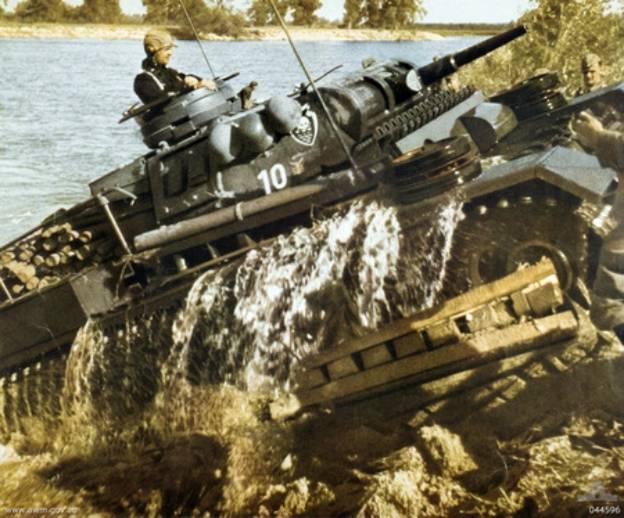
However, having vigorously launched the offensive on the morning of June 22, the 2nd Panzer Group slowed down in the afternoon. To the north of Brest, by noon, sappers managed to build crossings over the Bug, but the access roads to them became a bottleneck. Leading from paved roads to the crossing, they went through a swampy lowland, under the wheels and tracks of dozens of various vehicles, the approaches to the crossings rapidly deteriorated. So the tractors of the 17th Panzer Division had to first pull out trucks stuck in the mud, and then pull them to the road, which allowed movement in only one direction. In addition, in the evening, at the crossing of the same division, a bridge collapsed under the tank, which stopped the crossing of the Bug for five hours. As a result, the “diving” tanks that broke ahead into Soviet territory were left without replenishment of ammunition and refueling. The war diary of XXXXVII Motorized Corps, which included the 17th and 18th Panzer Divisions, stated: "By the late evening of June 22, only a small part of both divisions had crossed the Bug."
Apparently, at about noon on June 22, the forward detachments of the 30th Panzer Division collided near the village of Pelische with the “diving” tanks of the enemy’s 18th Panzer Division and other advanced units of the XXXXVII Motorized Corps.
According to the reports of the Soviet side, the division entered into contact with the enemy with its advanced battalions already at 11 am, and with the main forces in the period from 12 to 13 hours. It was reported that the advance detachment of the 60th tank regiment of the division entered into battle with enemy tanks in the Shchebrovo-Pelishche area. A counter tank battle unfolded here, in which dozens of tanks from each side took part. As a result of the battle, German tanks retreated a little back to the village of Vidomlya. For a short time, Soviet tankers managed to delay their advance. At the same time, already from 14:XNUMX in the afternoon, the division again began to be subjected to massive enemy air raids, suffering from them heavy losses in people and equipment.
At about 15 p.m., the command of the 4th Army decided to start equipping the rear defensive line on the line of the eastern bank of the Mukhavets River from Pruzhany to Bukhovichi with the forces of the motorized rifle regiment of the 205th motorized rifle division and foot units of the 30th tank division from the 14th MK. At the same time, the main forces of the motorized rifle division were preparing defenses in the Bereza areas. But with the receipt at 18 o’clock of the directive of the high command to launch counterattacks on the enemy with all available forces, the army command issued a new order: on the morning of June 23, go on the offensive with the entire composition of the 14th MK. Of course, the requirements of both the directives of the NPO and the order of the headquarters of the front and the army no longer corresponded to reality and the situation that had developed in this direction.
By the end of June 22, the 30th Panzer Division (more than 120 T-26 tanks) was still fighting at the Pelishche, Podlesye line and part of its forces north of Rataichitsy. During the battle on June 22, the division lost about 25% of its personnel, 30% of tanks, and also lost three battalion commanders and five company commanders, which indicates the intensity of the battle. At the same time, at night, only the 30th Panzer Division fought from the corps, since the Germans did not stop attacking in this direction at night, advancing in the light of lighting rockets and pushing division units to Poddubno. The fact that in the battles of June 22 the 30th Panzer Division suffered serious losses is evidenced by the fact that on June 23 about 130 T-26 tanks went on the offensive from it, the rest of the vehicles, apparently, were destroyed or damaged during the fighting June 22, enemy air raids, and out of action for technical reasons.
Nothing is known about the losses of the enemy in the battles in the area of \u18b\u40bthe settlement of Pelishche. The 30th Panzer Division reported that it had fought its way to the town of Pelishche. The combat log of the XXXXVII motorized corps indicated that along the way "several enemy tank detachments of up to 18 tanks" were defeated. These were the forward detachments of the Soviet 22th Panzer Division, Colonel Bogdanov. At the same time, in the interim report of Army Group Center, it was indicated that the XNUMXth Panzer Division during June XNUMX "repelled a strong Russian tank attack."
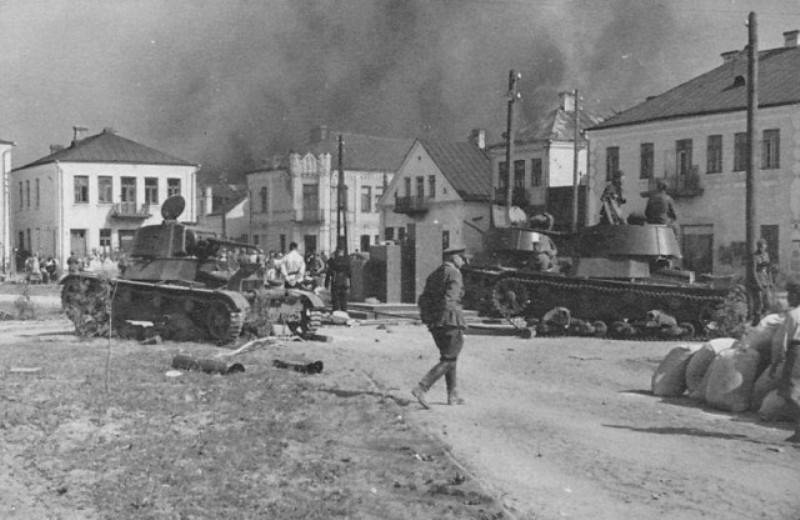
The oncoming battle that took place near the village of Pelishche was typical of the first days of the war. Then the Soviet command did not even allow the idea that tank troops could be used for defensive battles at a certain line. Only tank attacks were considered legitimate. Such attacks against advancing enemy tank units turned into oncoming tank battles, which were more beneficial to the Germans. Such a battle turned into a duel of tank crews in unequal conditions. On our side, tanks mainly took part in the battles, sometimes without infantry at all, while on the enemy side, the actions of tanks were supported by artillery and aircraft. It is quite natural that Soviet tankers, already inferior in skill to more experienced colleagues from the Panzerwaffe, suffered incomparably large losses in such battles. German tankers hit the enemy more successfully from short stops than Soviet tankers. In addition, the enemy bombed Soviet tanks continuously. The 30th Panzer Division lost no less combat vehicles from the attacks of German dive bombers than from enemy artillery and tanks.
Also, the result of the first tank battles was affected by the fact that in the spring of 1941, most of the trained senior mechanics-drivers and tank commanders were transferred with an increase to the newly formed units of the new mechanized corps. As a result, the tank crews were updated, the young soldiers who took their place did not have time to complete combat training. At the same time, the artillery training of the crews remained very weak, the soldiers did not receive proper training. At the same time, the artillery regiments of the new tank divisions were armed only with howitzers with a very limited supply of ammunition, and there were also not enough means of traction for artillery. Naturally, under such conditions, it was inappropriate to engage in oncoming tank battles with the enemy. At the same time, one should not forget that the use of tank units in the defense at that time was not worked out in detail, there was no proper experience, it came to the commanders of the Red Army much later.
Today, the place of the first major tank battle that took place near the village of Pelische has seriously changed: a new road junction has been built at the crossroads near this settlement. Despite the fact that more than 75 years have passed since those events, traces of the battle can still be found in local fields: for example, tracks from the tracks of T-26 tanks are still found here. These are the only silent witnesses of that distant battle, the eyewitnesses of which left practically no documentary evidence of it.
Information sources:
http://myfront.in.ua/krasnaya-armiya/divizii/tankovye-16-30.html
Moshchansky I. B. The tragedy of the Brest Fortress. Anthology of achievement. June 22 - July 23, 1941 / I. B. Moshchansky. - Moscow: Veche, 2010. - 128 p.
Isaev A. V. Unknown 1941. Stopped blitzkrieg / A. V. Isaev. - Moscow: Eksmo, 2013. - 480 p.
Materials from open sources.
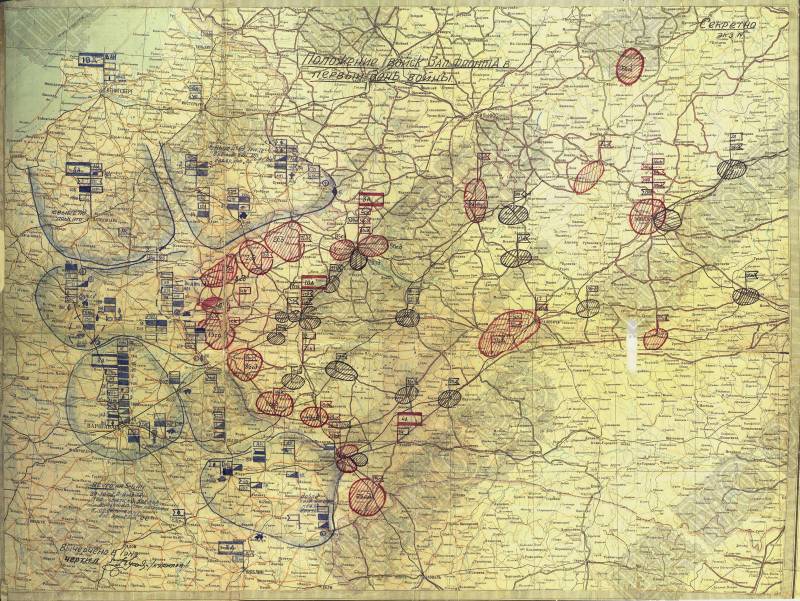
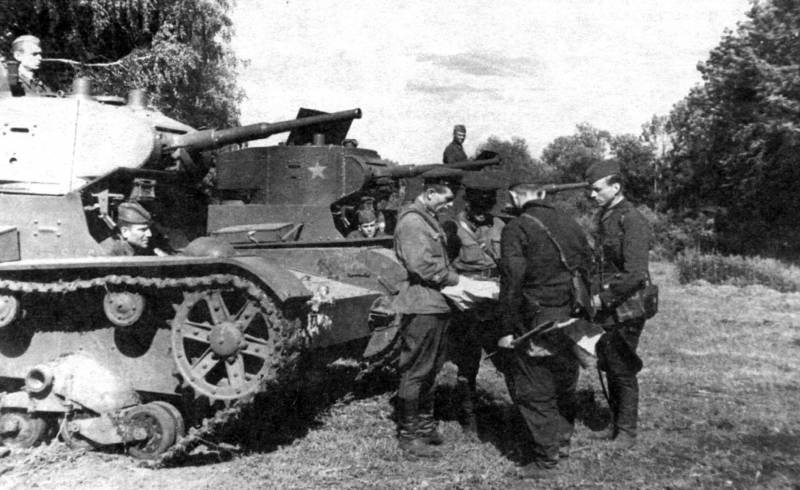
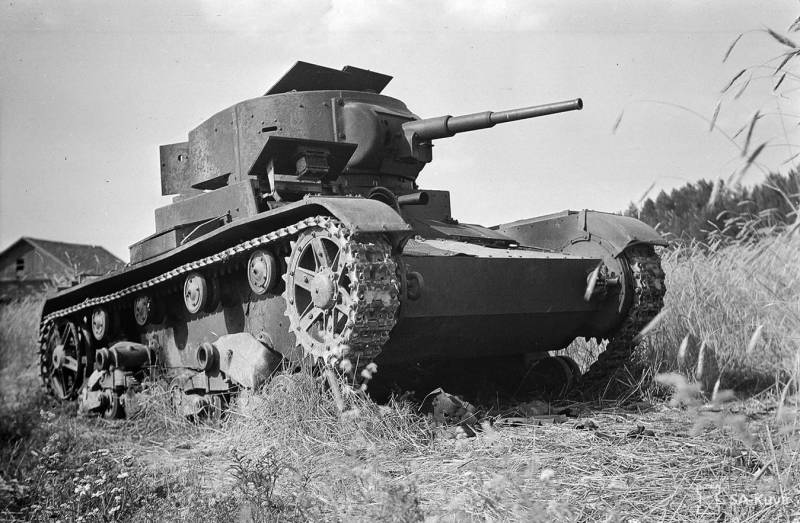
Information